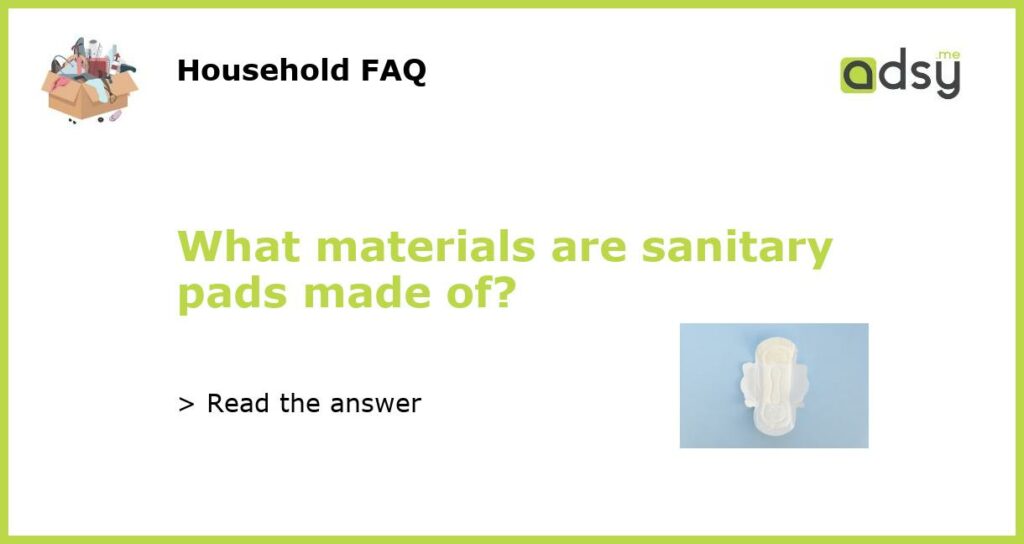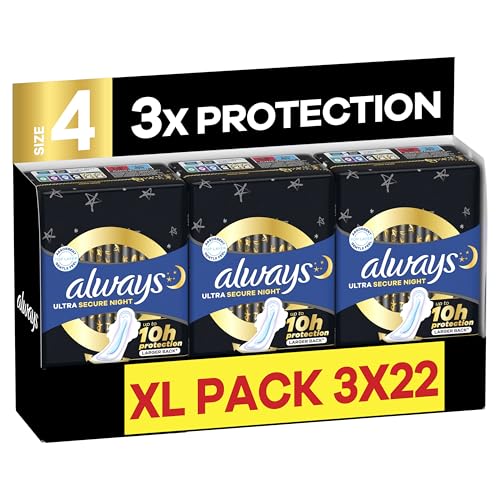What Are Sanitary Pads Made Of?
Sanitary pads, also known as menstrual pads or sanitary napkins, are an essential item for women during their menstrual cycles. These pads are designed to absorb menstrual flow and provide comfort and protection. But have you ever wondered what materials are used in making sanitary pads? In this article, we will explore the different components that make up a typical sanitary pad.
Absorbent Core
The absorbent core is the most important part of a sanitary pad as it is responsible for capturing and locking in menstrual flow. Typically, the core is made of a combination of wood pulp and superabsorbent polymers (SAPs). Wood pulp, derived from tree fibers, has excellent absorbency properties. It quickly absorbs the menstrual fluid, helping to keep you dry and comfortable throughout the day. The addition of superabsorbent polymers enhances the absorbency capabilities of the pad. SAPs are particles with high water-absorbing capacity, allowing them to soak up large amounts of fluid and convert it into a gel-like substance that prevents leakage.
Top Sheet
The top sheet, also known as the cover or the surface layer, is the part of the pad that comes into direct contact with your skin. It plays a crucial role in keeping you dry and preventing any skin irritation. The top sheet is made of a nonwoven fabric, typically composed of synthetic fibers like polypropylene or a combination of synthetic and natural fibers. These materials are chosen for their softness, breathability, and ability to transfer moisture away from the body. Some manufacturers also include herbal extracts or aloe vera in the top sheet to provide additional soothing properties.
Backing Sheet
The backing sheet is the protective layer on the bottom of the sanitary pad that prevents any leakage onto your clothing. It is usually made of a polyethylene film or a similar material that is impermeable to liquids. This layer ensures that the menstrual flow is contained within the pad and does not seep through to your underwear.
Adhesive
The adhesive is used to secure the sanitary pad to your underwear, ensuring it stays in place during physical activities. It is typically applied in strips on the back of the pad. The adhesive used is a medical-grade glue that is skin-friendly and does not cause any irritation or discomfort. Some pads also have wings, which are extra flaps on the sides that fold over the edges of your underwear to provide additional leakage protection. These wings are also secured with adhesive to keep them in place.
Individual Wrapping
Sanitary pads are often individually wrapped to maintain hygiene and ease of use. The wrapping is usually made of a thin plastic film that keeps the pad clean and protected until it is ready to be used. It also helps to keep the pad discreet and convenient to carry in your bag or purse.
In conclusion, sanitary pads are made of a combination of materials that provide absorbency, comfort, and protection. The absorbent core, top sheet, backing sheet, adhesive, and individual wrapping all work together to ensure a comfortable and leak-free experience during your menstrual cycle. Manufacturers continuously strive to improve these materials, making pads more efficient, eco-friendly, and free from harmful chemicals.






